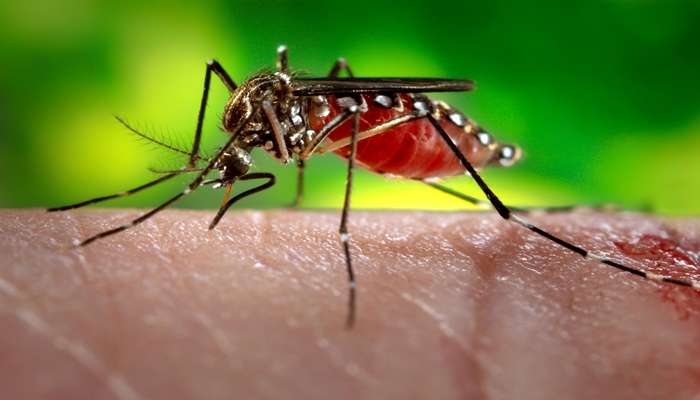
More than 75 Environmental Civil Society Organisations from Nigeria, Africa and other countries have condemned moves to open way for release of genetically modified mosquitoes to control malaria infection.
The News Agency of Nigeria (NAN), reports that at a virtual meeting of the West African Integrated Vector Management Programme, on June 6, Mr Rufus Ebegba, Vice Chairman of the Programme said: “There is the need to accelerate the development of regulatory pathways for genetically based vector control methods such as transgenic mosquitoes.”
The groups in a statement, issued on Monday in Yenagoa, warned “against the safety of introduction of the transgenic mosquitoes and other risky, unproven technologies in Nigeria”.
The statement was signed by Mr Nnimmo Bassey Director of Health of Mother Earth Foundation (HOMEF), who spoke on behalf of the groups.
They said such technologies might pose serious risks to humans, biodiversity and to ecosystem balance.
The groups noted that there were currently no peer review assessments for these transgenic mosquitoes; no international protocols for evaluating their safety implications; and the technology was dependent on and controlled by corporate bodies.
“That regulatory pathways for genetically engineered vector control of mosquitoes are actually rigged pathways to make our environment the test ground for the risky and needless experimentation.
“From our experience with genetically modified food crops in Nigeria, having the provisions in place to regulate the release of such organisms is equivalent to express permits for their introduction.
“The agency responsible for this regulation acts more like a promoter of the technology than a regulator.
“Nigeria must show leadership in the protection of African biodiversity and not allow an agency of government run amok with whatever technologies promoters suggest to it.” Bassey said in the statement.
Bassey added that tampering with genetic materials of living organisms was already creating problems in the world with the emergence and spread of zoonotic infections.
He stated that the infections were occasioned largely by loss of genetic diversity and habitat losses due to such manipulations.
“The shortcoming of these transgenic mosquitoes is already evident from the experiments done in Brazil and in Burkina Faso, stated Mariann Bassey-Orovwuje, Coordinator of the Food Sovereignty Programme of Friends of the Earth, Nigeria and Africa.
“The release of millions of genetically modified mosquitoes in Brazil between 2013 and 2015 by the biotech company, Oxitec has proved fatal,” Bassey-Orovwuje said.
The statement noted: “In July 2019, the genetically modified mosquitoes were released in Bana village in Burkina Faso, by the Target Malaria research consortium as an initial test run before the open releases of gene drive mosquitoes, with the aim to reduce population of Anopheles mosquitoes that causes malaria.
“The failure includes the incidental release of some biting female mosquitoes during the experiments, which put the community people at risk.
“Also, Target Malaria made claims of community acceptance for the project whereas testimonies from community people revealed that they have not been properly informed about the project or its potential risks.
“This is not different from the experience we have had with genetically modified cow-pea and cotton, which have been approved for commercial release in Nigeria,” The group stated.






